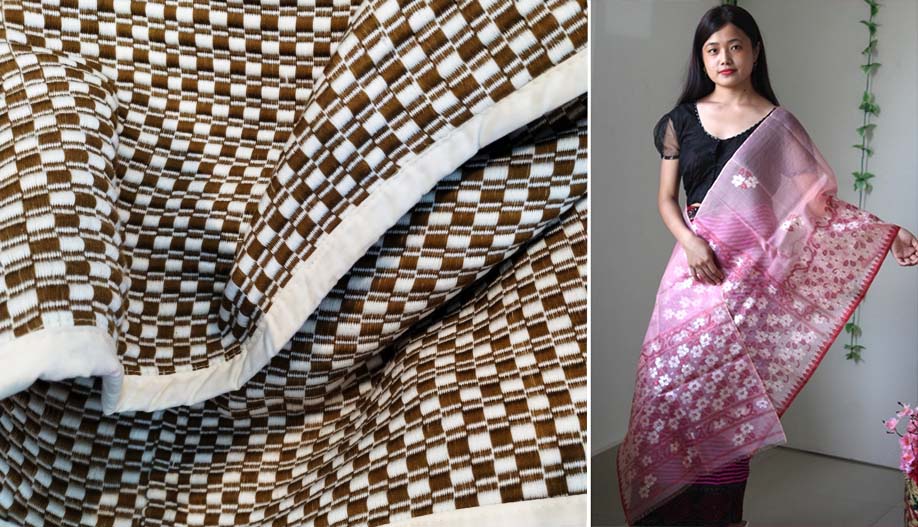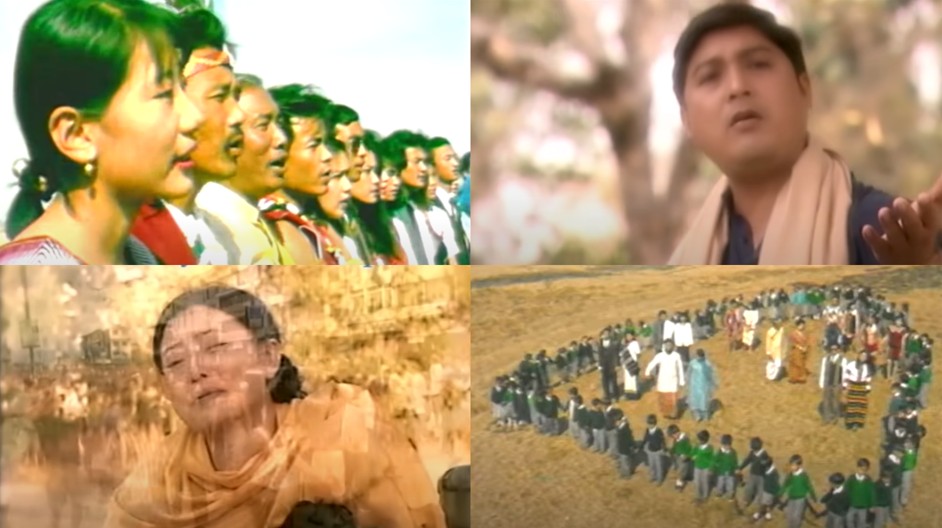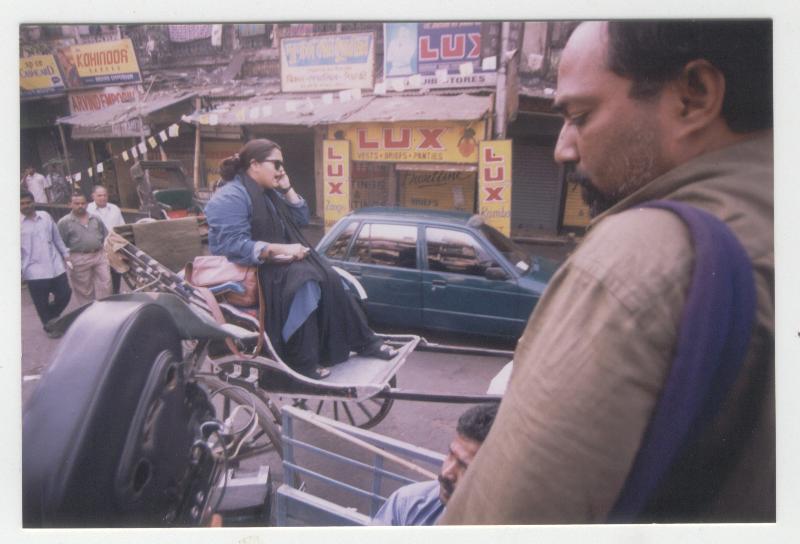From ancient times during seasonal enactment of Umang Lai Haraoba (traditional performatory worship of forest deities), it has been customary for Meitei (Meetei) Maibis to weave on loin looms. Meitei (Meetei) women also on a daily basis, in the maiden’s room in the Yumjao traditional Meitei (Meetei) house, compete with each other in spinning and producing as many cotton thread clews as possible. By 1074 CE, they learnt the use of Pan Iyong (throw shuttle loom) and also how to produce cotton thread, and with which to weave clothes for everyday use. By the beginning of 1900 they also learnt to use Phisakol (fly shuttle loom) to weave clothes more efficiently and in larger quantities for community use.
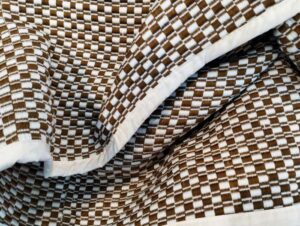
Manipur came to grow cotton abundantly for thread making both in the hills and valley quite early in its history. There were three types of cotton which became popular in the early days. These are: White Cotton, Reddish Cotton, and Seldom Cotton. By the second year of the Christian Era, they already had the technology to rear Mulberry silk worms to extract silk and weave fabrics. During the reign of Meidingu Loyumba (King Loyumba 1074 CE -1122 CE), 33 different sub clans began making differently specialised textiles. Seven more sub clans specialised in colouring these textiles with colours extracted from vegetables and herbs. By 1905 CE chemical dyes became available for purchase at the Khwairamband Keithel (Khwairamband Bazar). By 1930 CE, more durable chemical dyes became available in the markets. In 1927, Maharani Dhanamanjuri pioneered an Art and Craft Institution to make it possible for Manipur’s textile products to be exported to Europe, Australia and Africa, etc. Another cottage industry establishment called Manipur Home Industry came into existence in 1936 to also join the export business of Manipuri textiles and fabrics, spreading it to different part of the world. The then State Engineer E.M. Jolly’s wife also helped promote the Maharani’s Art and Craft Institution, and in the process also nourished greatly Manipur’s fledgling handloom cottage industry as well. At about the time, a unique fabric called Lashing Phee, made by stuffing cotton in thread wrappings came to be innovated. First, night gowns made of this fabric became popular. Soon blankets and other forms of daily use clothing also came to be made from this same fabric and they too became a hit. In the beginning, this fabric was in just two colours. It did not have any elaborately embroidered designs as well. But these changed and soon the fabric came to have a wide range of intricate designs embellishing it further.
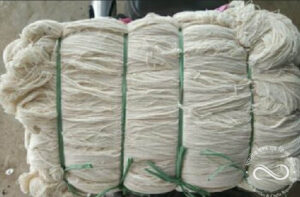
The process of processing cotton for making Lashing Phee also became more sophisticated and efficient. The cotton is first spread on a flat plank and then using split bamboo rods (Singmit) rolled into large yarns. Bales of these cotton yarns are then laced into warped threads (Mayung Lung) and then using an ingenious device call Tem (weft beater), beaten and woven into Lashing Phee fabric. In later years, the technology improved further and fly shuttle loom (Koll) came to be used for making the fabric more efficiently.

In the meantime, a very creative craftsperson, Chungkham Rani Devi, soon introduced an innovative way of weaving exquisite designs into fine silk textiles. Rani also began using designs from a 1973 book by Mutua Bahadur called Manipuri Art ki Wari Singbul Volume-1 to improve her designs. The next year in 1974, Phurailatpam Iboton Sharma wrote Meitei Phijet Leiteng which also benefitted Rani’s craft. When her fabrics came to be in high demand, Rani began fashioning them with expensive fine silk, targeted for sale to the affluent class in the society. At the time, this class generally constituted of wives of government engineers. Rani is also credited for exquisite hand woven designs such as Meroi Chura, Meroi Ayombi, Meroi Mabuk Phatokpi, Moirang Phijin, Waikhu Matha, Pungjai, Samjin Apakpa, Thambal Cheplei, NIngtham Mayek and Luhong Phijin etc., into her ever increasing range of textile products. She also popularised another design innovation. In this, two pieces of silk fabrics of the same length and breath and of complementary designs, are stitched together to form one fabric. Soon this innovation came to be popularly known as Rani Phee. Rani breathed her last in 2012, but the legend of Rani Phee that she brought into Manipur’s textile world, lives on. Long after this creative entrepreneur passed away, weavers still continue to innovate and introduce more Rani Phee designs and the product continues to be in high demand.




